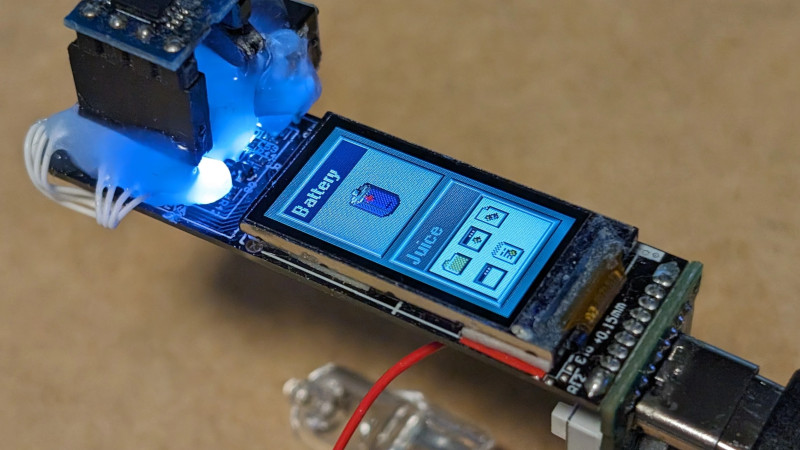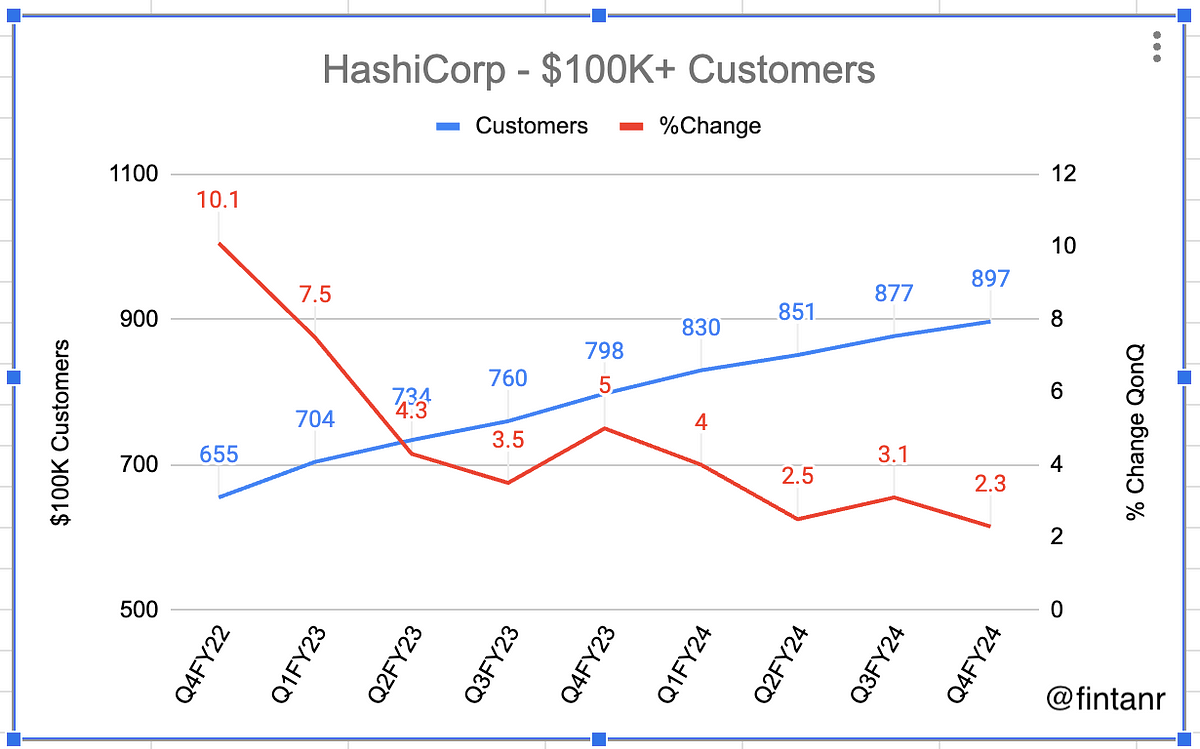.jpg)
Practical Guide to SRE: Incident Severity Levels
Incident severity levels are a measurement of the impact an incident has on the business. Classifying the severity of an issue is critical to decide how quickly and efficiently problems get resolved.
In companies with constant growth and large scale, incidents are inevitable. A robust incident management strategy eventually leads to better management and handling of issues. It is an essential part of reliability engineering, ensuring that a team is prepared to manage incidents. It can prevent the loss of millions of dollars in revenue in times of breaches or downtimes. Good incident management improves customer experience and empowers engineering teams to meet their uptime goals.
In this blog, we will discuss how companies can identify and prioritize incidents for faster resolution. Incidents could vary a lot on the surface level, and hence it is essential to classify them according to specific, well-defined parameters. All incidents are not equal. For instance, a system outage during peak hours is much more stressful than handling when most customers are asleep.
We can categorize incidents into various severity levels. The more well-defined your severity levels are, the more likely it is that your team will be on the same page and able to react quickly and appropriately when incidents happen.
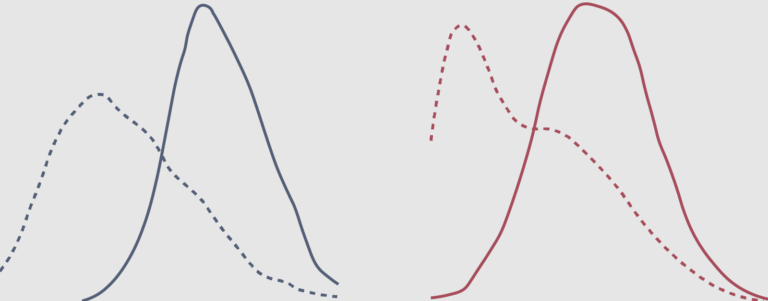

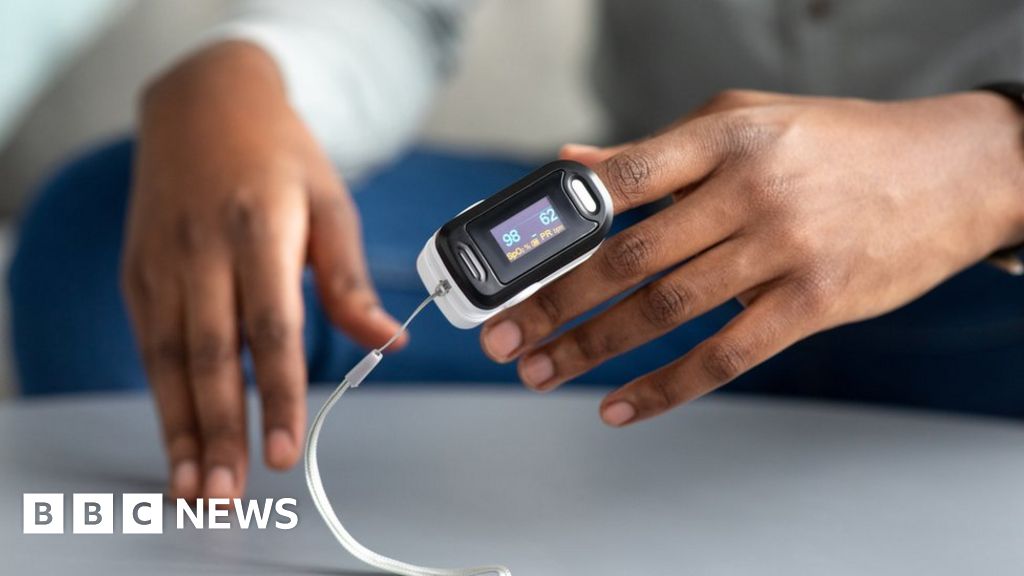




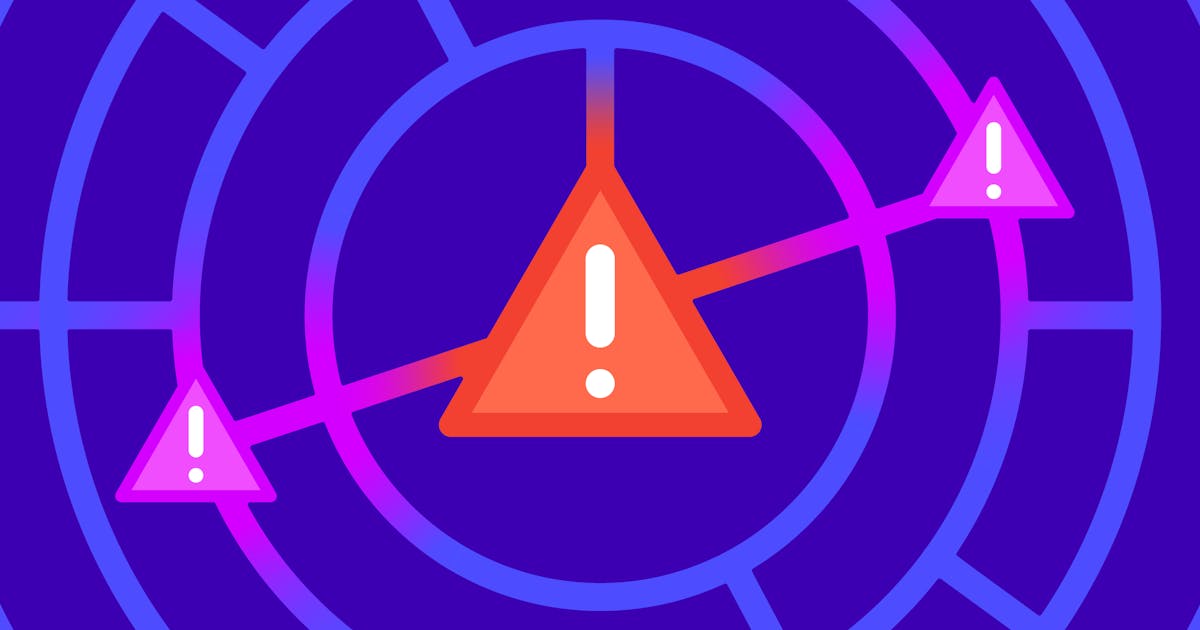


.png)



